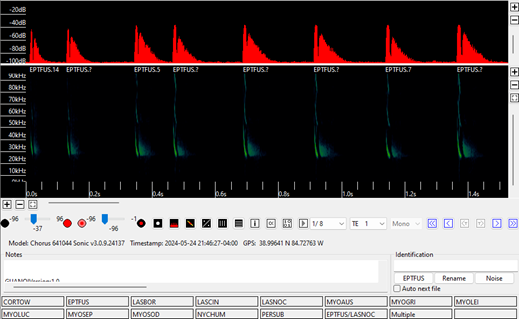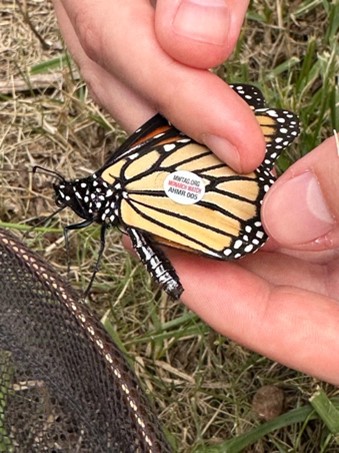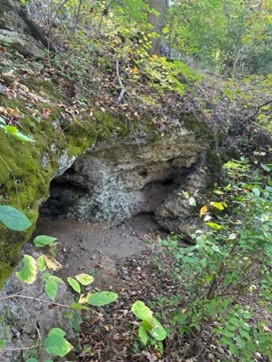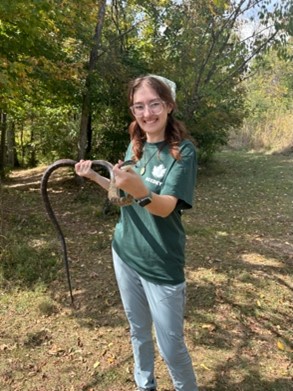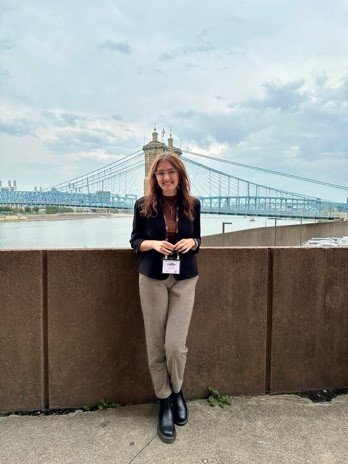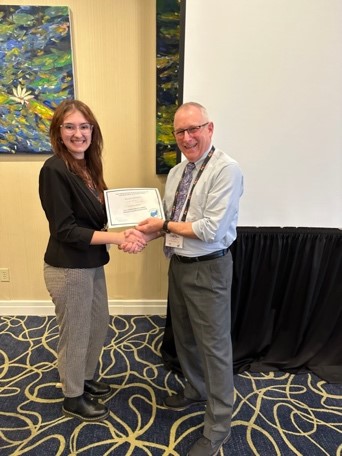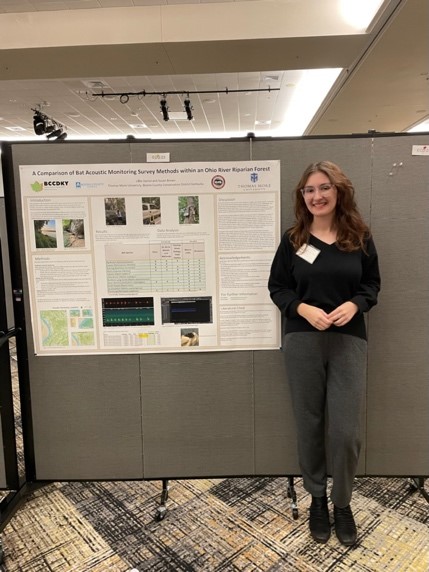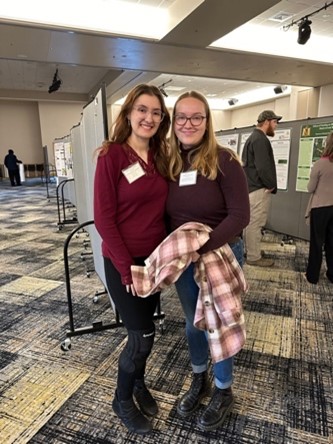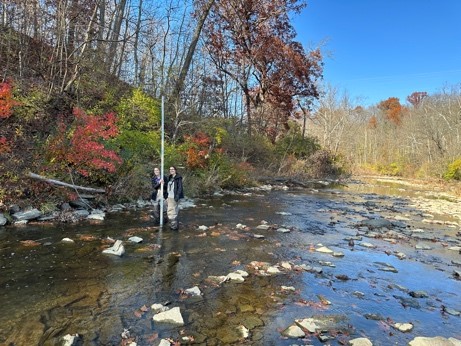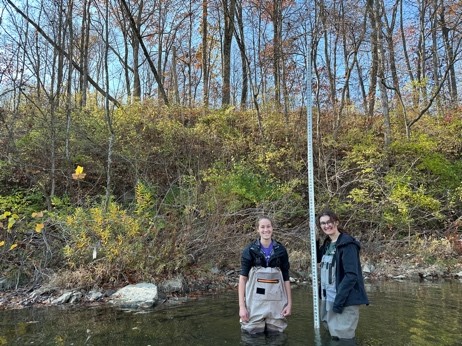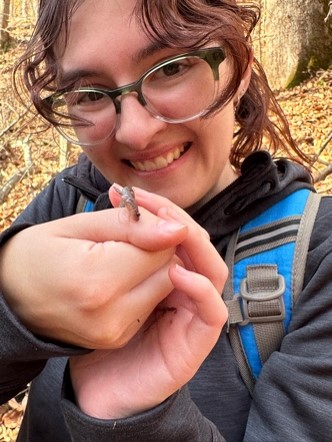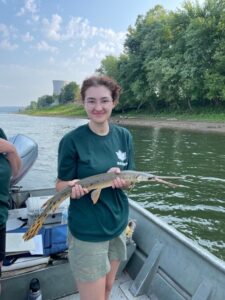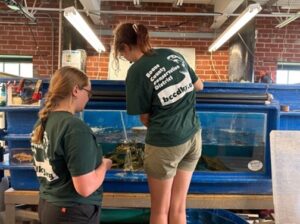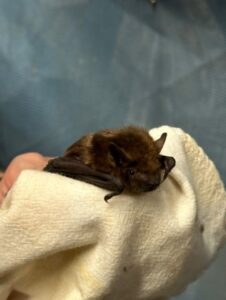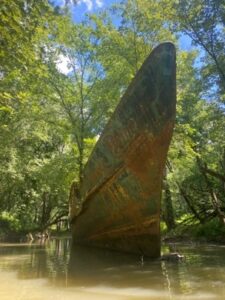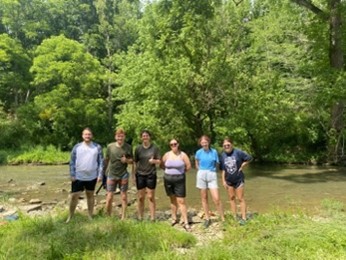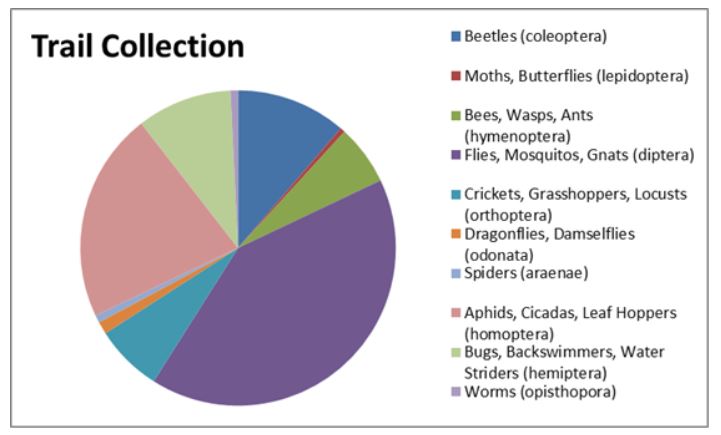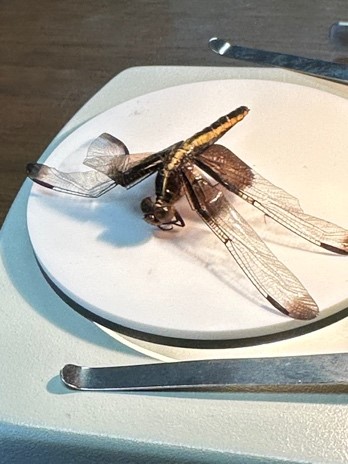Hi Everyone!
Well, with Thomas More’s fall semester starting this week my time here at BCCDKY has come to an end (kind of, but more on that later). I really can’t stress how much fun I had working with Susan, Mark, and Pavla over the summer. Whether it was searching for Sasquatch, taking bat equipment out into the field, or conducting my own small mammal survey I always had a blast and learned a lot.
Over the last month or so we mainly focused on my independent project for this summer, a small mammal survey of the Boone Cliffs nature preserve right here in Boone County. While it was a little warm while navigating through the Cliffs and conducting the study it was really fun to get back into it! At the conclusion of the study (today actually) we had captured 33 unique individuals with 14 recaptures. These results will serve as a baseline for future research at Boone Cliffs!
Anyway, wrapping up, although my internship is ending, I won’t be done with BCCDKY yet! This semester along with my classes at Thomas More I’ll be setting up an independent study with Susan where I work on the district’s bat monitoring efforts full time! So, I’m sure this isn’t the last you’ll hear from me.
Yours Truly,
Joe Pedro





